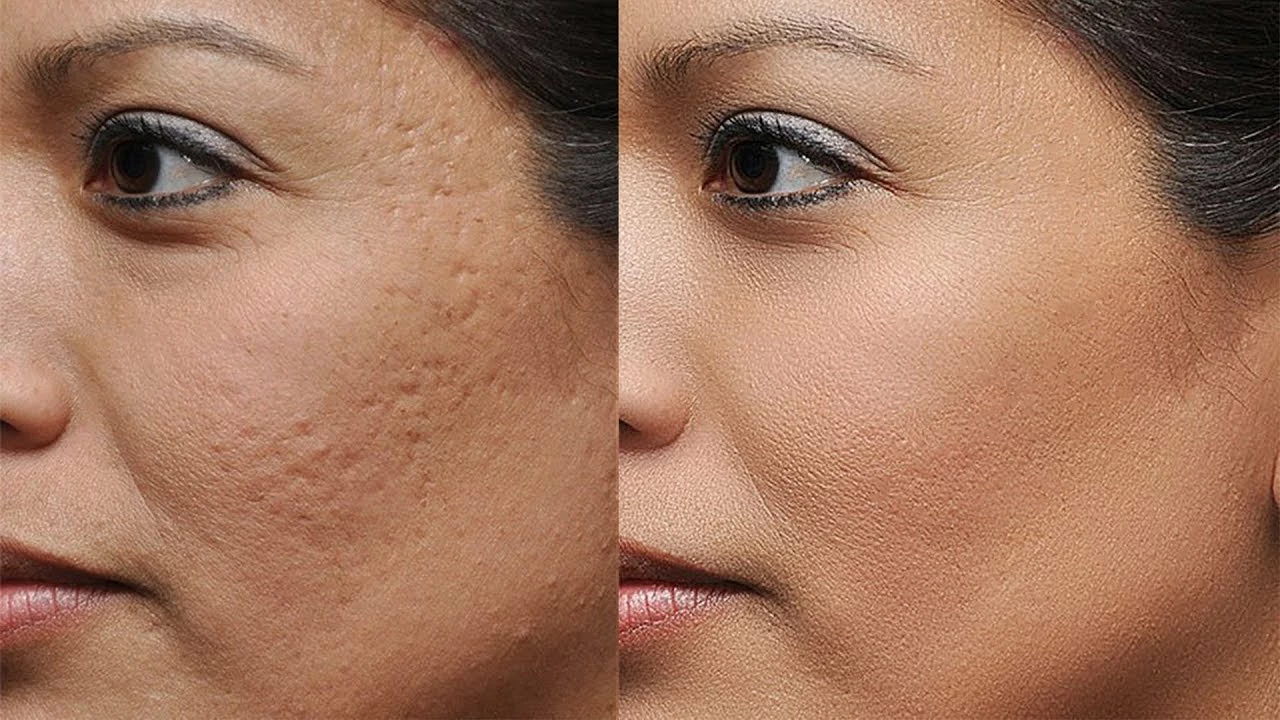As a blogger who's always on the lookout for the latest in skincare, I recently came across Tazarotene, a topical retinoid that's been gaining popularity for treating acne scars. I found out that Tazarotene works by promoting skin cell turnover, which can help improve both the tone and texture of acne-scarred skin. Many users have reported significant improvement in their skin's appearance after using Tazarotene. However, it's essential to consult a dermatologist before trying out any new skincare treatments, as everyone's skin is different. Overall, Tazarotene seems like a promising option for those looking to tackle acne scars and achieve smoother, clearer skin.
Skin texture matters more than we think
Rough patches, large pores, bumps or uneven tone don’t just look bad — they affect how your skin handles makeup, hydration, and aging.
First, know the common causes. Dry skin, excess oil, clogged pores, acne scars, sun damage, and hormonal changes all change texture. Some meds and medical issues — like isotretinoin or psoriasis — can also change how skin feels. If texture shifts suddenly or feels painful, see a dermatologist.
Practical daily routine that works.
Morning: gentle cleanser, antioxidant serum (vitamin C), lightweight moisturizer with hyaluronic acid, and broad‑spectrum SPF 30+. Night: clean, apply a chemical exfoliant 2–3 times a week (AHA or BHA), then a retinoid or tretinoin if your skin can tolerate it, and finish with a richer moisturizer. Be consistent — routines need time. Expect real change in 8–12 weeks, not overnight.
Why choose chemical exfoliation over scrubs? Physical scrubs can cause microtears and make texture worse. AHAs (glycolic, lactic) loosen dead cells on the surface. BHAs (salicylic) get into pores and work well for oily or acne‑prone skin. Start slow to avoid irritation.
Moisture and barrier repair matter. Look for ceramides, fatty acids, glycerin, and niacinamide. These ingredients help the skin hold water and heal, which smooths texture. Avoid harsh soaps and over‑washing; stripping the skin makes texture flakier.
Minute fixes and tools. Microneedling, chemical peels, fractional lasers, and professional microneedling can improve texture and scars. Glycolic or salicylic chemical peels done by a pro can resurface skin safely. Don’t DIY deep peels at home.
Lifestyle changes that help. Sleep, water, and diet affect skin. Smoking narrows blood flow and speeds texture aging. Cut back on sugar and processed foods; focus on protein, healthy fats, and colorful vegetables. Managing stress lowers flare‑ups for people with psoriasis or acne.
Managing specific problems. Acne scarring often needs targeted treatments — lasers, microneedling, or subcision. For roughness from conditions like psoriasis, join a support group and work with a dermatologist on consistent topical therapy. If you’re on isotretinoin (Accutane), follow your doctor’s guidance; your skin may thin and need extra moisture.
Quick checklist to get started:
- Swap scrubs for an AHA or BHA product.
- Add sunscreen every morning.
- Use a gentle retinoid at night, slowly.
- Include ceramides or niacinamide in your moisturizer.
- See a dermatologist for persistent bumps, pain, or sudden change.
Small, steady changes beat aggressive shortcuts. Treat your skin like it’s repairing itself — because it is. Consistency and the right products give smoother, healthier texture over time.
Read more at DoctorSolve.com for in‑depth guides on Accutane, acne treatments, and alternatives like Isofair options. We also cover psoriasis support, supplements that help skin health, and safe ways to buy medications online. If you want a tailored routine, talk to a dermatologist or use reputable online pharmacy resources to find the right products. Small, steady steps plus a pro’s advice make the biggest difference.
Start today and be patient — your skin will thank you.

